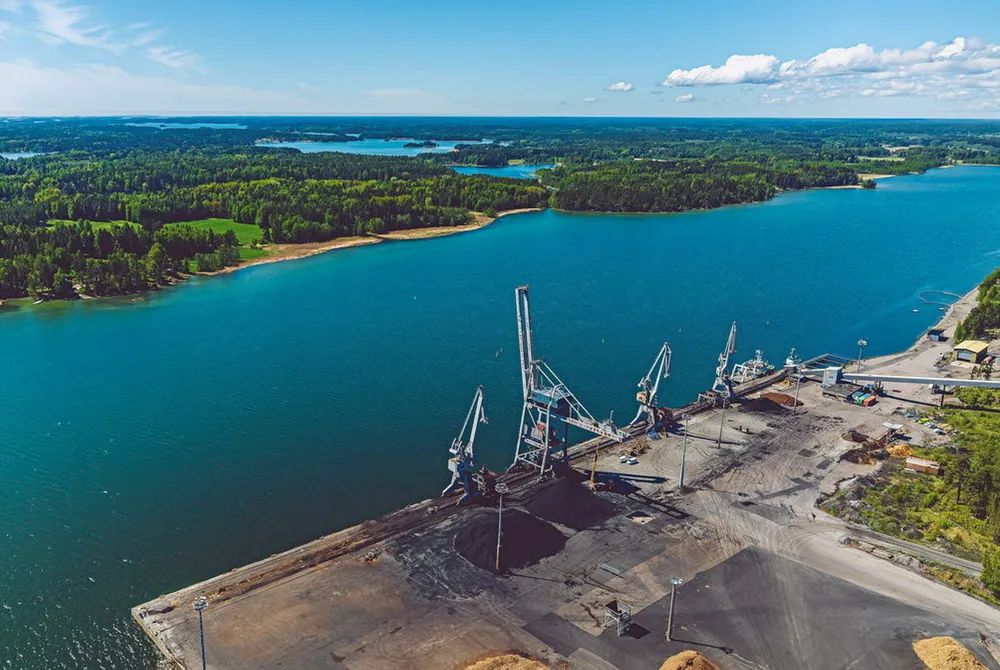Norwegian start-up unveils €4bn green steel and hydrogen production facility in southern Finland
Blastr says its wind-powered plant will reduce the CO2 footprint of steel production by 4.6 million tonnes per year — the equivalent of annual Finnish car emissions
